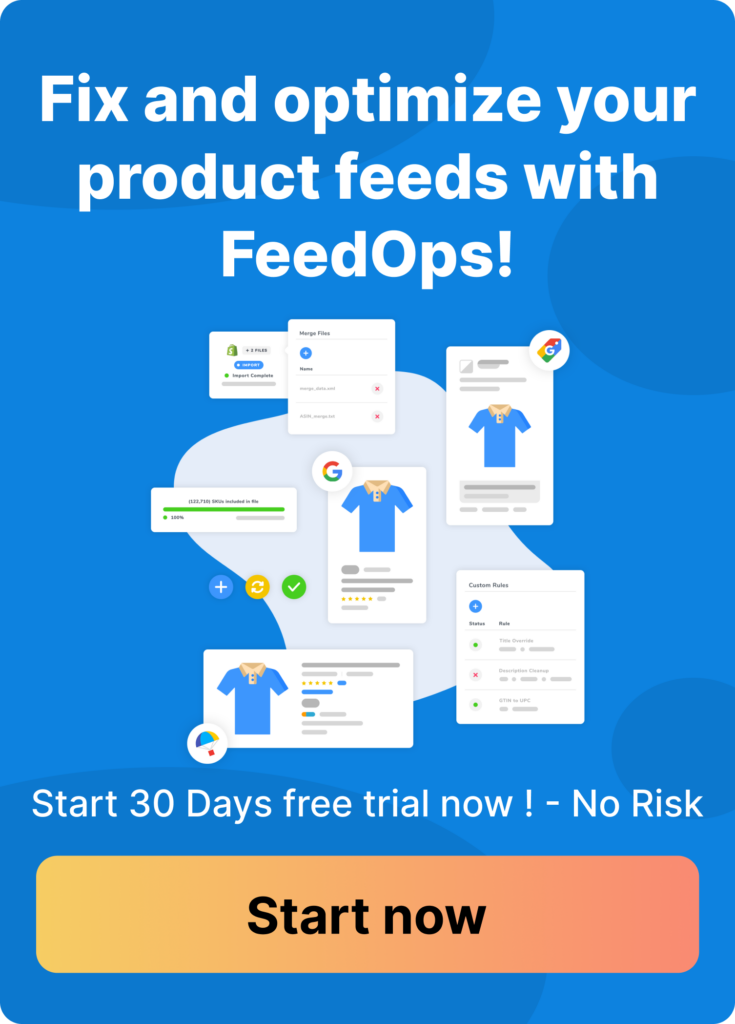They will always say yes to the question of growth, itâs their job to grow revenue and increase profits. Ask the same person what the goal of digital advertising is and they will tell you that they want more sales or sales leads either in-store or online. All of these equate to revenue.
Isnât ROAS the goal of digital advertising?
No it is not. Make ROAS the goal and you will restrict growth opportunity. ROAS (return on ad spend) and CPA (cost per acquisition) are both KPIs (key performance indicators). KPIs are a very useful way to determine how effective your digital advertising spend is tracking towards your revenue goal.
Targeting a higher ROAS or lower CPA can decrease revenue, margin and profit contribution
Letâs look at four simple examples of a website targeting ROAS and assume they make 50% margin on goods sold. Each column increases the budget by $1,000 and decreases the ROAS. To keep things simple letâs ignore lifetime customer value.
â

First Scenario: Acceptable.
This is where most advertisers feel most comfortable. Spend as little as possible and get the largest possible return. This is a very acceptable way to start and it is also understandable if you have capital restrictions. However, traffic, sales and revenue are often restricted by the higher ROAS target. In order to achieve a higher ROAS in digital advertising you need to bid lower than your competition and this will limit the size of the audience you are able to reach.
Second Scenario: Good.
This can be a leap of faith for some advertisers but when they do accept that increasing budget and relaxing the ROAS target leads to more revenue, margin and profit contribution from advertising, they are well on their way to growth.
Third Scenario: Optimal.
This is when your digital ads are running at their peak. You are spending more, getting less ROAS but higher returns, margins and profit contribution. I have chosen to ignore lifetime customer value in the table above but if you included lifetime value you would probably relax the ROAS and increase the budget a little more.
Fourth Scenario: Diminishing.
It is possible to get to the point of diminishing returns. You can absolutely overpay and get the same returns that you would have for less. This scenario is double the ad spend of scenario 2 with a reduced ROAS, leaving you with a lower profit contribution.
This fear of diminishing returns is what leads to advertisers constantly pushing for a higher ROAS. A solution for advertisers is to gain a better understanding of their gross margin.
You can build a similar model as the table above for a CPA example which will tell you the same thing because the same rules apply. A lower budget and lower CPA means you bid lower, have less reach and ultimately sell to less customers.
How do I measure campaign efficiency if its not ROAS?
That is a very good question that deserves a very good answer. To answer this specifically I would need to unpack each digital campaign type separately.
If you are still reading I have convinced you that the higher budget and lower ROAS mathematically can drive more revenue, more margin and contribution to company profits.
But you rightfully want to know if it can be even better.
âWouldnât it be great to get increase my ad spend and increase my ROAS tooâ
Yes indeed it would.
All of the popular digital media platforms (Google, Facebook, Instagram, YouTube) have a measure of ad quality. They donât do this for the advertiser they do it for themselves.
All of the key media players obsess over user experience of their platforms. Google wants users to choose them to search and shop over Bing or Amazon and users wonât stay around if the ads are deemed to be annoying or irrelevant. The media platforms have also finally understood that if advertisers get good returns they will keep spending.
Increase ad quality metrics to decrease CPC and increase ROAS
Ad relevance, landing page experience and Quality Score are examples of ad quality metrics that the major digital platforms use to show advertisers the areas they need to improve on. In every case an increase in score of any of these quality metrics will reduce the amount you pay per click.
At this point I have to remind you that the ad auctions of all the major digital platforms are all developed by engineers. As one of my favorite Googlers once said, âIf I had designed Google Ads instead of an engineer, there would have been more colorsâ.
Letâs stick with Google for a second and take a look at their ad quality metrics to illustrate how increasing relevance reduces CPC.
Quality Score:
Quality score is measured at the keyword level. 10 is the highest and 1 is the lowest. To optimise quality score you would look at the Search Queries and set some as negative and move others to their own exact match ad group.
Ad Relevance and Landing Page Experience:
Ad Relevance is represented in the interface as average, below average and above average. Improving your ad copy and its relationship to the targeted keyword will improve your ad relevance which will also increase your click through rate which increases your quality score and reduces your CPC.
Lost you yet? Once again, what the media platforms are trying to do is improve the user experience of ads on their platforms at a mind boggling scale. If your quality score is too low your ads wonât show at all, but if you increase it, you will be rewarded with a lower CPC which means you get even more sales for a reduced cost relative to your competition.
In summary, the goal of digital advertising is always revenue
- The goal is revenue
- ROAS is a KPI that shows you the effectiveness of your budget
- Higher budget with a lower ROAS can deliver more revenue
- Optimise ad relevance for campaign efficiency
Grow your revenue through digital advertising and Dynamic Creative
If you want to use Google ads to grow and scale your business and reach a point of predictable revenue then Dynamic Creative can help. We integrate your website with our Ad Platform & optimise your product and category data to match the way that shoppers search, browse and buy. You can get a Google Shopping feed, as well as Google Search & Shopping ads, for every product listed on your website. With over 17 years experience in Google Ads and over 400 websites globally, we have the ad platform and experience to help you grow and scale your business. Find out how you can get started with us here.
â



